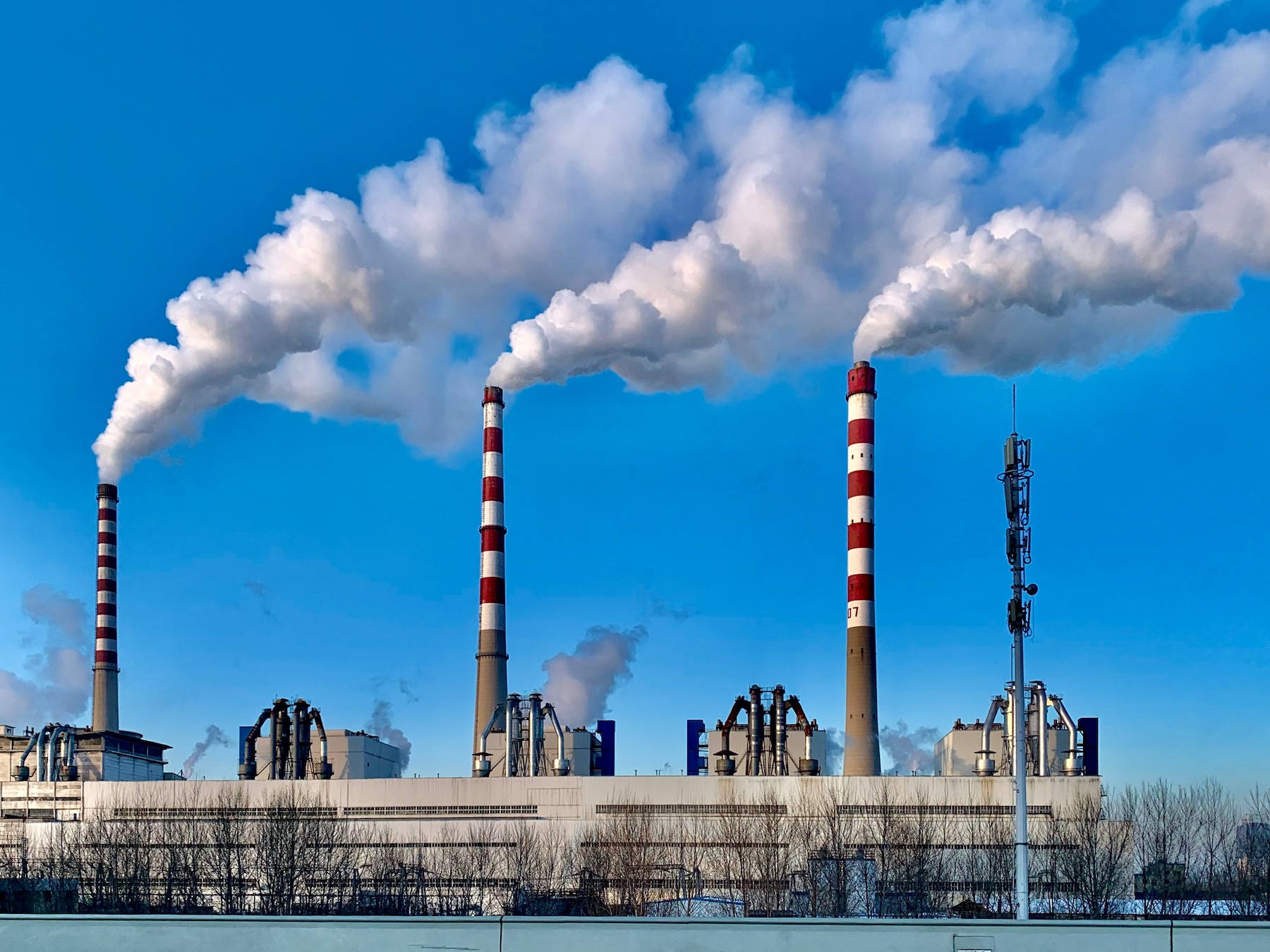Continuing its support for clean energy production in China, Apple is launching an investment fund that commits 720 million yuan (approximately $100 million) to the production of solar and wind power in China.
The announcement comes as Apple CEO Tim Cook is attending the 2025 China Development Forum in Beijing and builds on a longstanding Apple strategy to strengthen alliances in a market that is both a major consumer and the foundation of its supply chain.
The clean energy investment’s goal is to add some 550,000 megawatt-hours of solar and wind energy annually to China’s power grid. This level of energy production is forecast to increase as additional investors commit funds to the investment.
“Two thirds of our supply chain here is already running on renewable energy and this will help further our goal of running on 100 percent renewable energy by 2030,” wrote Tim Cook on the Chinese social media site Weibo.

This current investment adds to Apple’s 2018 Clean Energy Fund initiative to fund renewable energy sources in China. At the time, Apple and other investors, including 10 suppliers, committed to invest nearly $300 in the project over four years. Managed by Deutsche Bank, Apple touted the fund as the first of its kind, and forecast that it would fund renewable energy projects producing more than 1 gigawatt of clean energy for China, which is the approximate energy required to power 1 million homes.
This initial project proved successful, and by 2024 it had funded the generation of more than the forecast 1 gigawatt of wind and solar power, supporting 14 Chinese provinces.
Now with this additional investment, Apple is deepening its support of China, which is both a crucially important consumer market as well as the core of the company’s supply chain.
Consumers in China account for nearly 20% of Apple’s total sales, and as of January 2025, Apple’s iPhone held a 15% share of the Chinese smartphone market. This market strength is particularly impressive given that Chinese consumers are less tolerant than US consumers of Apple’s high-end pricing strategy.
For its supply chain, Apple is completely reliant on China: over 95% of its computing devices are manufactured there, from the iPhone to the iPad to the Mac. Yet in the wake of current geopolitical tensions, a globalized supply chain and consumer base face potential challenges from tariffs and other cross-national conflicts.
In light of these challenges, Apple’s decision to invest in clean energy production for China accomplishes three tasks in one go. First, it supports the company’s commitment to be carbon neutral by 2030. Second, it’s a smart business decision, helping to develop a supply chain it so depends on. Lastly, it’s also good for public relations, fostering goodwill among a consumer cohort that is crucial to the company’s annual revenue.
This desire to show goodwill is evident in Tim Cook’s remarks as he’s attended the 2025 China Development Forum. He spoke highly of the Chinese AI model DeepSeek, calling it “excellent.” Additionally, Apple recently struck a deal with Alibaba to use the Chinese company’s Qwen AI model as an element of Apple Intelligence, the iPhone maker’s new AI system.
Indeed, Apple executives have been fulsome in their praise of the Chinese market. “Our suppliers in China are promoting world-class progress in the fields of intelligent manufacturing and green manufacturing,” said Apple COO Jeff Williams in a note published on Apple’s Chinese site. “With the launch of the second phase of the China Clean Energy Fund, we are honored to deepen our connection with suppliers across China.”





